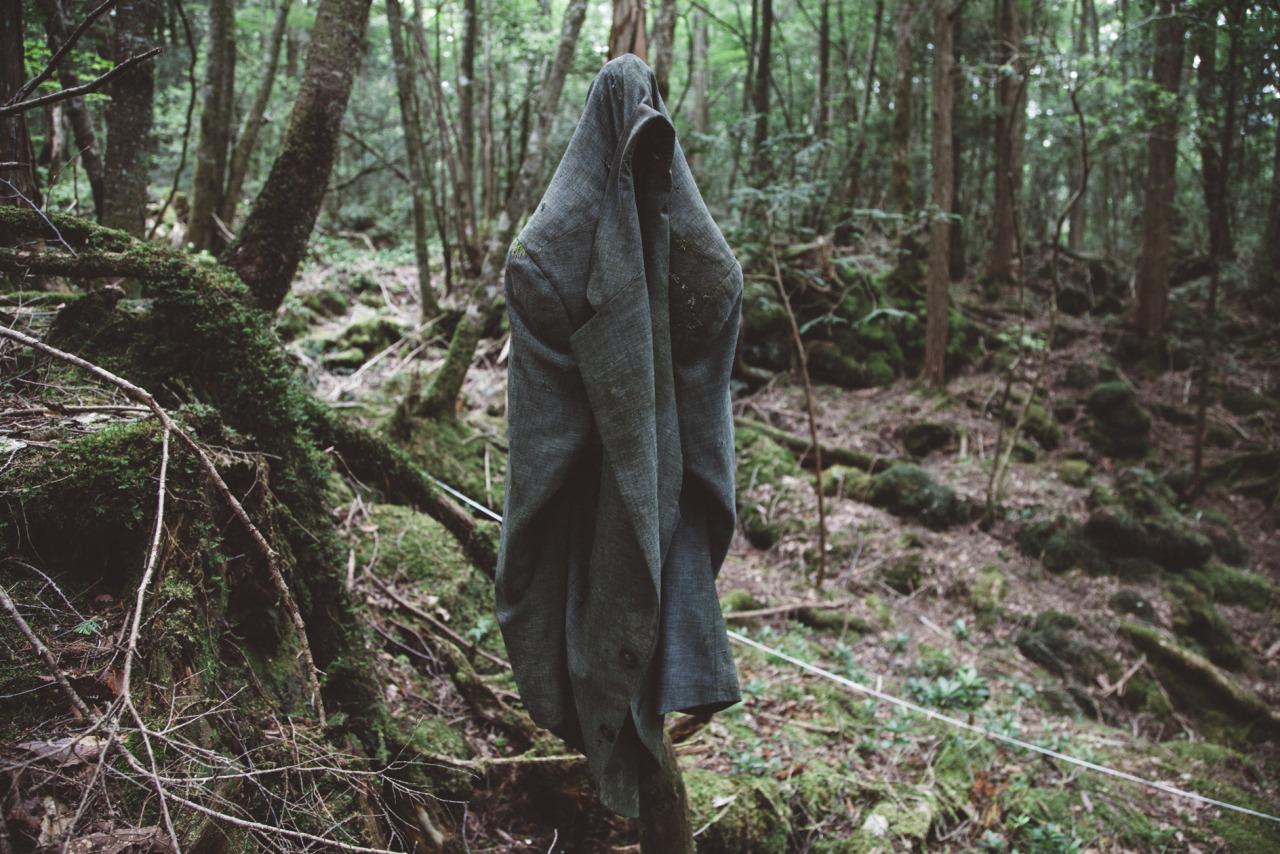While many horror films try to scare viewers with visual tricks or suspenseful camera work, “The Forest,” one of the latest in the genre to hit theaters, aims to keep viewers on edge with its theme of psychological horror, which relies on the characters’ fears and emotional instability. The movie tells the story of a young American woman named Sara (Natalie Dormer), who goes in search of her twin sister, Jess (also played by Dormer), who has mysteriously disappeared in Japan’s legendary suicide forest.
Despite the warnings to stay on the path in the forest, Sara is determined to discover the truth about her sister’s fate by going beyond the path, but in doing so she is confronted by the angry and tormented souls of the dead that prey on the pain and sorrow of anyone who wanders into the forest.
Aside from the movie being intricately told in a white- washed approach to a Japanese legend, it is more fascinating to know and understand that the forest the movie was based on did not get its name for nothing, for the suicide forest is very much real.
Aokigahara Forest, otherwise known as the “Suicide Forest”, is located on the northwest flank of Mount Fuji where most people go to end their lives. It does have a suicide prevention hotline before entering the forest.
For half a century, thousands of life-weary Japanese have made one-way trips to the Aokigahara Forest. The Sea of Trees, as the locals call it, is a 35-square-kilometer tract of woodland in Yamanashi Prefecture on the northwest flank of Mount Fuji. The forest is a dark place of stark beauty, long asso- ciated with demons in Japanese mythology and one that has earned itself the unfortunate appellation of “Suicide Forest.”
According to Japanese legend, in ancient times, when times were hard, families would abandon people in the forest when there was not enough food to go around. By sacrificing family members to the forest, there would be fewer mouths to feed and therefore enough food for the rest of the family. Those abandoned in the forest would die long, horrible, drawn-out deaths from starvation. Because of that, Aokigahara has become haunted by the souls of these abandoned people.
If that’s not terrible enough, suicide has become the leading cause of death for Japanese men ages 20-44. Since 1971, authorities have removed upward of 100 bodies a year from the Aokigahara Forest. It happens to be the second most popular suicide spot in the world, behind the Golden Gate Bridge.
In 2014, about 24,000 Japanese people, mostly men, committed suicide. The main cause for these types of suicides is isolation from modern society and financial failure.
Bodies are frequently discovered in monthly sweeps coordinated by the police and local volunteer firemen. As they move around the forest, these searchers leave color-coded plastic tapes strung between trees to mark their way back out of this sylvan maze. The movie visually depicts this fact about the forest with the main character, Sara, using tape to mark her way across the forest.
In the Western world, suicide is not taken in a positive outlook, but “throughout Japanese history, suicide has never been prohibited on religious or moral grounds,” said Yoshinori Cho, director of the psychiatry department at Teikyo University in Ka- wasaki, Kanagawa Prefecture.
Upon killing themselves,victims often remove and leave behind articles of clothing around the forest before their death.
Yukio Saito, executive director of Inochi no Denwa (Lifeline), a volunteer telephone counseling service, agreed, saying, “Suicide is quite permissible in Japanese society, some- thing honorable that is even glorified.”
The tradition of honorable suicide dates back centuries to Japan’s feudal era, when samurai warriors would commit seppuku (ritual disemboweling) as a way to uphold their honor rather than fall into the hands of the enemy. The present-day acceptance of suicide stems from this.
According to Cho, “Vestiges of the seppuku culture can be seen today in the way of suicide as a way of taking responsibility.”
The real story of the Sea of Trees is so touched with sadness, it would be impossible to match it in fiction. The movie may have been entertaining, but after learning the truth about the actual Suicide Forest, it can make anyone’s skin crawl and feel sorrowful for all the poor souls who have lost their lives to suicide. If you ask anyone, the Aokigahara Forest is more frightening, horrific, desolate and more real than any Hollywood film could ever depict. The truth is, the occurrence of suicides in Japan doesn’t look like it’s going away, and for the Aokigahara forest, it is likely to remain a morbid site long after “The Forest” passes from memory.







